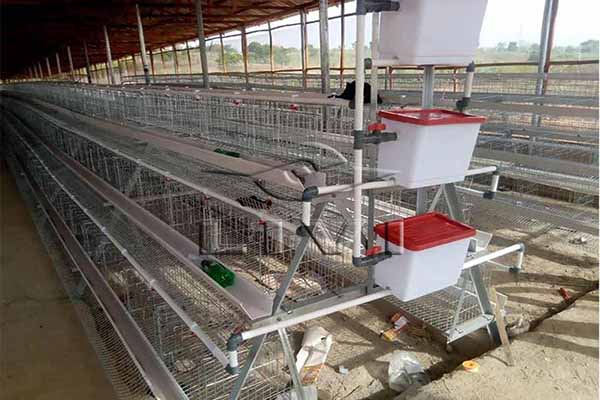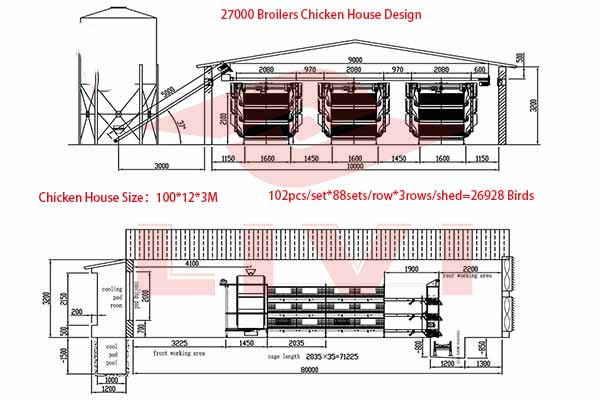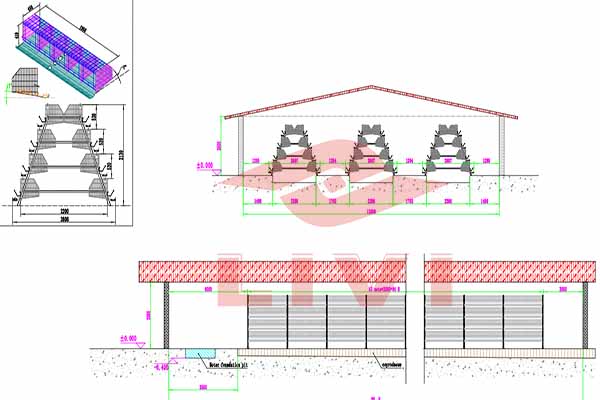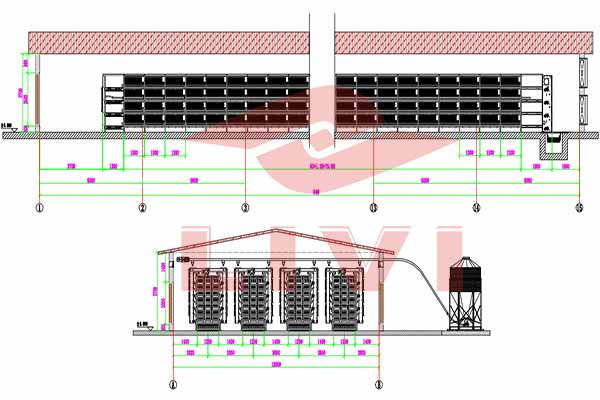Automatic Poultry Feeding System for 300,000 Chickens in Kenya: A Comprehensive Guide
Introduction
The poultry industry in Kenya is rapidly growing, with an increasing demand for efficient and automated solutions. One such solution is the implementation of an automatic poultry feeding system for a large-scale operation, such as a farm with 300,000 chickens. This article provides an overview of the benefits, components, and considerations for setting up such a system.
Benefits of an Automatic Poultry Feeding System
– Increased Efficiency: An automatic feeding system can feed chickens at precise intervals, reducing labor costs and ensuring a consistent feeding schedule.
– Improved Health: Automated systems can prevent overfeeding and underfeeding, which can lead to health issues in chickens.
– Cost Savings: Over time, the savings from reduced labor and improved health outcomes can offset the initial investment in the system.
Components of an Automatic Poultry Feeding System
– Feeding System: A hopper that holds the feed and distributes it to the chickens.
– Control Unit: A computerized control unit that manages the feeding schedule and settings.
– Sensors: Sensors to monitor the number of chickens and adjust the feeding rate accordingly.
– Supply Line: A pipeline that delivers the feed from the storage to the feeding station.
Case Study: 300,000 Chicken Farm in Kenya
– Farm Size: 300,000 chickens
– Feeding System: Our LIVI mechanical automatic poultry feeding system
– Results: Reduced labor costs by 40%, improved chicken health, and increased production by 15%.
Considerations for Implementation
– Capacity Planning: Ensure the system can handle the required capacity of 300,000 chickens.
– Integration: The system should be compatible with existing infrastructure and equipment.
– Maintenance: Regular maintenance is crucial to ensure the system operates efficiently.
Why Choose LIVI Mechanical for Your Automatic Poultry Feeding System?
– Quality: Our systems are designed to meet the highest industry standards.
– Customization: We offer tailor-made solutions to fit your specific needs.
– Support: Our team provides comprehensive support and training to ensure a smooth transition.
Conclusion
Implementing an automatic poultry feeding system for a farm with 300,000 chickens in Kenya can bring significant benefits. With the right system and partner, you can improve efficiency, reduce costs, and enhance the health and productivity of your chickens. Contact us today to discuss your specific needs and receive a free, customized design and equipment quote.





